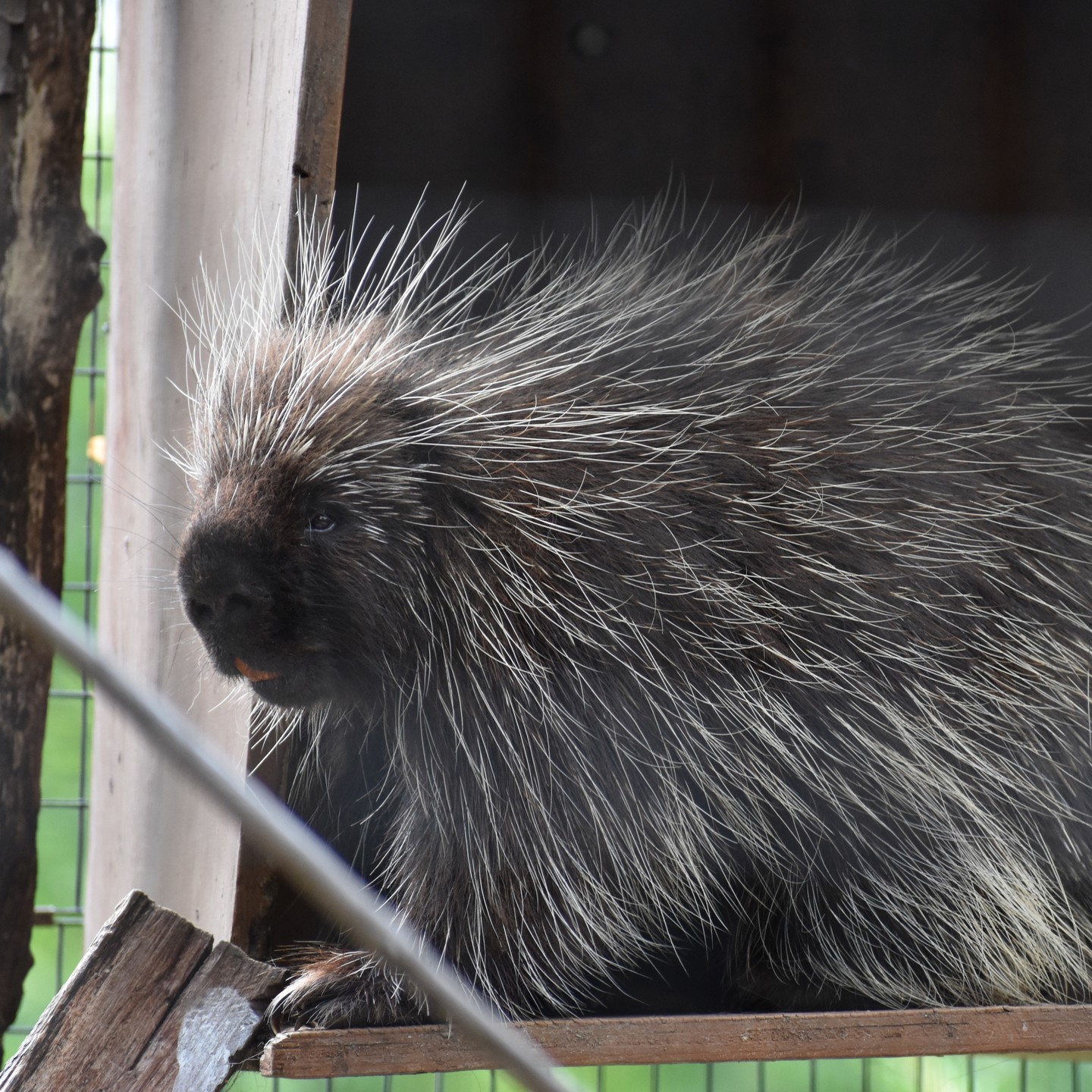Summary:
1. The North American porcupine is the second largest rodent in North America.
2. They are typically found in the forests of Canada and the Western United States.
3. Porcupines are important in the ecosystem by thinning the tree layer and providing food for other animals.
4. Practicing “Leave No Trace” when visiting nature is important.
5. Celebrate World Porcupine Day by visiting porcupines at the zoo.
On World Porcupine Day, we take the time to celebrate the second-largest rodent in North America – the North American porcupine! These fascinating creatures are typically found in the forests of Canada and the Western United States, and they have some unique and interesting qualities that make them stand out among the animal kingdom.
Porcupines are known for their iconic quills, which cover their bodies and serve as a means of defense. Contrary to popular belief, porcupines cannot shoot their quills at predators, but if threatened, they will stand their ground and raise their quills to appear larger and more intimidating. The quills are sharp and barbed, causing pain and difficulty for any predator unfortunate enough to tangle with them.
But porcupines are more than just a prickly defense mechanism. They play an important role in the ecosystem by thinning the tree layer. As they climb high into the trees to forage for food, seeds and fruits will often fall to the ground. This process creates gaps in the tree canopy, allowing sunlight to reach the forest floor and providing food and sunlight for plants and animals below. Without porcupines, the forest ecosystem would be significantly different.
We must assist these natural developers by following the “Leave No Trace” principle whenever we venture into nature. This means that when we enter a natural environment, we must bring everything with us when we leave so that it looks the same as when we entered. By practicing this principle, we can help preserve the ecosystem’s delicate balance and ensure that future generations can enjoy the beauty of nature.
While it’s important to appreciate and learn about porcupines in their natural habitats, we can also celebrate World Porcupine Day by visiting these extraordinary creatures at the zoo. Many zoos have porcupine exhibits where you can observe them up close and personal. One such porcupine you can meet is Gavin, who resides at our local zoo. Gavin is a playful and curious porcupine who loves interacting with visitors.
When you visit Gavin, you’ll notice his varied diet of leaves, twigs, bark, and even fruits. Porcupines are herbivores, and their diet reflects their ability to adapt to the resources available in their environment. They are also excellent climbers, thanks to their sharp claws and strong tails, allowing them to easily navigate tree branches.
As you observe Gavin, take note of his quills and how they stand tall on his back when he feels threatened or excited. Although they may look dangerous, it’s vital to remember that porcupines are generally docile creatures that prefer peaceful interactions. By respecting their space and observing them without disturbance, we can create a positive experience for the porcupine and ourselves.
Porcupines have a rich history and cultural significance in many indigenous communities. Some tribes view the porcupines as a symbol of protection and resourcefulness. In contrast, others consider them a source of inspiration for craftsmanship due to the intricate patterns of their quills. Exploring the cultural significance of porcupines can provide deeper insights into how animals are appreciated and valued across different cultures.
To enhance your knowledge of porcupines, explore the various resources available online and in books. You’ll be surprised by the wealth of information and interesting anecdotes surrounding these unique creatures. From their physiology and behavior to their evolutionary history, porcupines offer a glimpse into the fascinating world of wildlife and nature.
So, on this World Porcupine Day, take a moment to appreciate the North American porcupine’s resilience, ecosystem contributions, and natural beauty. Whether you encounter one in the wild or visit Gavin at the zoo, let’s celebrate these remarkable creatures and learn from their role in maintaining the delicate balance of nature. Their adaptability inspires us and reminds us to preserve our natural world for future generations.
*****
Source Description
On World Porcupine Day, we take the time to celebrate the second-largest rodent in North America! You guessed it, the North American porcupine is typically found in the forests of Canada and the Western United States, where they can climb high into the trees. As they forage, seeds and fruits will often fall to the ground, and the tree layer will start to thin, providing food and sunlight for anything below. We must help these natural developers by following “Leave No Trace.” This means that whenever you enter nature, bring everything with you when you leave so that it looks the same as when you entered.
When you’re walking around the zoo, make sure to say hello to our porcupine, Gavin, on this special day!


